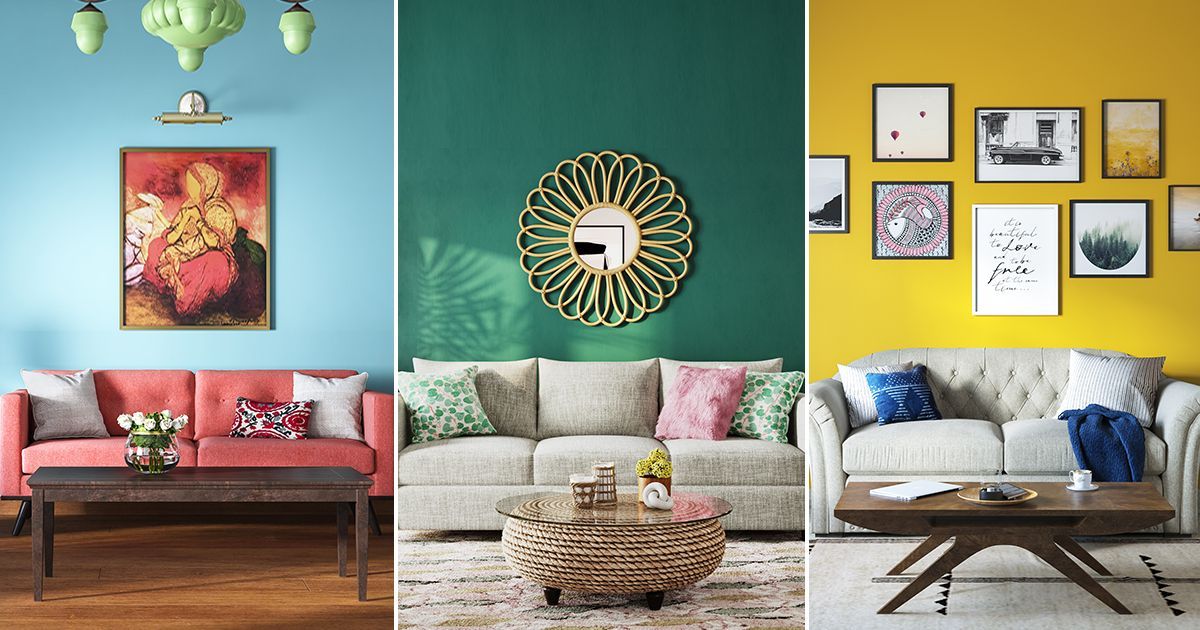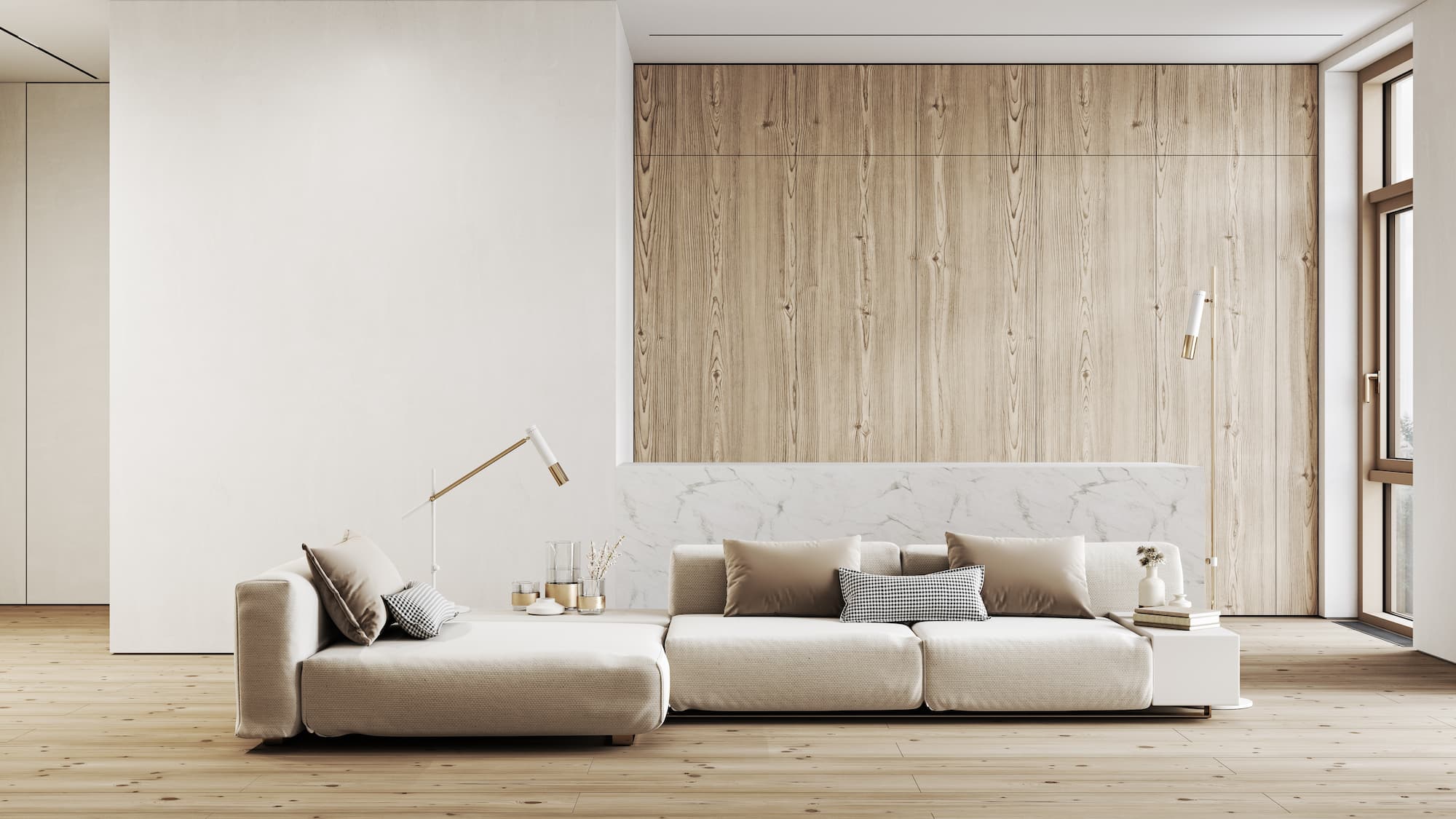Change Your Home With Crucial Principles of Inside Design and Looks
By recognizing the influence of shade theory and the significance of structure and patterns, one can create spaces that are not just visually appealing however also deeply personal. Attaining this equilibrium entails more than mere decor; it incorporates a calculated setup and an eager understanding of just how each component connects within a space.
Recognizing Color Theory
Color concept is a fundamental facet of interior decoration that significantly influences mood, perception, and total visual. Comprehending the principles of color concept permits designers to create rooms that reverberate psychologically with passengers while fulfilling functional demands (Architecture Firm). Colors can be classified into three key kinds: key, secondary, and tertiary. Each classification plays an essential role in developing consistency within a space.
The emotional influence of colors is profound; cozy hues such as reds and oranges evoke energy and warmth, while great tones like blues and greens promote peace and serenity. The use of complementary colors enhances aesthetic rate of interest, developing striking contrasts that can elevate an area's allure.
Neutral colors, on the various other hand, work as a flexible backdrop, enabling other layout components to radiate. It is necessary to think about elements such as lights and the space's function when selecting a color scheme, as these can modify the perception of colors throughout the day.
Inevitably, a well-considered color design can transform an area, promoting a sense of comfort and style that lines up with the residents' choices. Proficiency of color theory is, consequently, an essential ability for any kind of interior designer aiming to produce harmonious and inviting atmospheres.
Accomplishing Equilibrium in Design
Just how can developers achieve a feeling of equilibrium in their rooms? Attaining equilibrium in style is essential to creating harmonious insides.
Asymmetrical balance, on the various other hand, relies upon differing elements that still achieve a cohesive appearance. This approach enables even more dynamic and casual plans, giving interest while maintaining balance. By carefully picking differing sizes, colors, and appearances, developers can develop an aesthetically engaging space that really feels well balanced yet energised.
Radial equilibrium highlights a main prime focus with components emitting external. This design is commonly seen in round formats, where furnishings and decoration produce a cohesive surround that attracts the eye internal.
Inevitably, achieving balance requires thoughtful consideration of scale, percentage, and the relationships between elements. miami interior design. By masterfully using these equilibrium concepts, developers can change spaces into settings that really feel both cosmetically pleasing and functionally harmonious, enhancing the general experience for residents
Relevance of Spatial Recognition

An eager sense of spatial awareness enables designers to determine centerpieces within an area, guiding the viewer's interest to crucial attributes while maintaining an overall sense of unity. It also aids in the strategic placement of lights, which can drastically influence the understanding of area and mood. Moreover, understanding spatial relationships enables the developer to accommodate the particular requirements of citizens, ensuring that each location serves its designated purpose without jeopardizing looks.
Inevitably, spatial recognition is important for optimizing the capacity of any type of interior room. By meticulously more information considering the interaction between measurements, format, and feature, designers can develop atmospheres that not just fulfill useful demands but additionally evoke a sense of convenience and appeal, boosting the total living experience.
Incorporating Structure and Patterns
Welcoming a varied variety of structures and patterns can considerably improve the visual and tactile appeal of an indoor space. The calculated usage of various products-- such as wood, metal, fabric, and rock-- produces depth and rate of interest, making a space really feel a lot more inviting and vibrant. Incorporating smooth surfaces with rough appearances can develop an equilibrium that attracts the eye and involves the senses.
When integrating patterns, think about both range and repeating. Large patterns can function as prime focus, while smaller sized, refined designs can enhance various other aspects without frustrating the space. Layering patterns, such as pairing floral pillows with candy striped throws, includes complexity and a sense of consistency if carried out attentively.
It is additionally critical to maintain a cohesive color palette, ensuring that structures and patterns collaborate instead of complete for interest. By selecting a few vital textures and patterns, you can produce a combined visual that mirrors your individual style while boosting the overall atmosphere of the space. Ultimately, the mindful unification of these components can change an ordinary room into an advanced atmosphere abundant with personality and heat.
Individualizing Your Space
Producing a room that shows your personality is vital to attaining a genuinely welcoming setting. Customization in interior style allows you to infuse your unique design and passions right into your home, transforming it from a mere shelter into a sanctuary that speaks to who you are. Begin by picking a color scheme that reverberates with your emotions-- strong shades can invigorate, while soft tones supply harmony.
Integrate artwork and design that mirror browse around these guys your enthusiasms, whether it be travel, nature, or abstract ideas. Displaying personal collections, such as publications, photographs, or keepsakes, can stimulate valued memories and create prime focus within an area. Additionally, consider tailoring useful items, like upholstered furnishings, to align with your aesthetic choices.

Conclusion
To conclude, the makeover of look at these guys a home via the crucial concepts of indoor design and visual appeal requires a thorough understanding of color theory, equilibrium, spatial recognition, structure, and customization. Each element adds significantly to developing an unified and functional living environment - Architecture Firm. By thoughtfully incorporating these concepts, individuals can enhance the visual charm and emotional vibration of their spaces, inevitably cultivating a home that mirrors special identifications while giving comfort and functionality